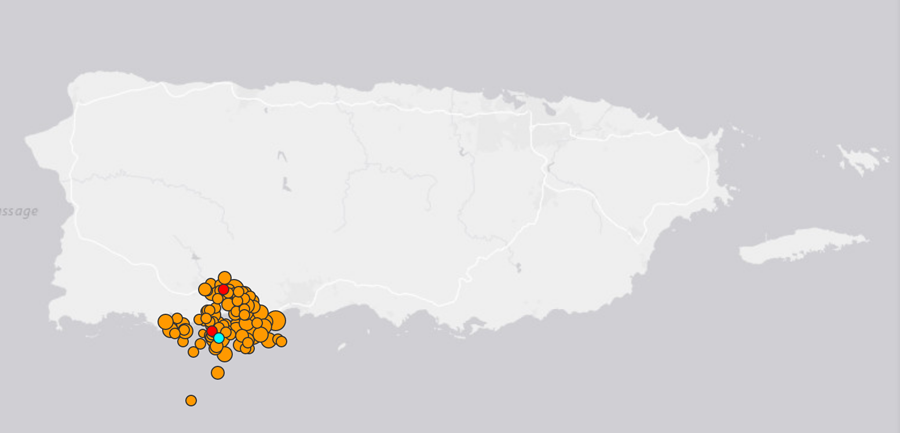Census study: Puerto Rico faces significant challenges in disaster recovery

The U.S. Census Bureau has released its first Community Resilience Estimates (CRE) for Puerto Rico, assessing the island’s capacity to endure and recover from natural disasters and other adversities. This new study, which incorporates data from the Puerto Rico Community Survey (PRCS), reveals a high level of social vulnerability, a factor that could determine the island population’s ability to bounce back from natural disasters such as hurricanes or hazardous events.
The data can guide businesses and policymakers in making decisions that can improve Puerto Rico’s ability to withstand future challenges and drive its economic recovery.
According to the data, 46.1% of Puerto Rico’s population was found to have three or more risk factors, from poverty to age. The figure is more than double the estimated 21.6% for the U.S. mainland population in 2019.
“This was the predominant risk group in Puerto Rico, followed by those with one-to-two risk factors (39.2%) and 0 risk factors (14.7%),” according to the bureau.
The CRE for the island includes 10 individual and household-level risk factors: poverty status, the number of caregivers in households, education, employment, disability status, health insurance coverage, age (65+), vehicle access, broadband internet access, and “unit-level crowding.”
The PRCS is a version of the American Community Survey (ACS) made specifically for Puerto Rico. Both share similarities, but have several differences. For instance, the PRCS controls its estimates only at the county level, unlike the ACS, which controls at both the county and sub-county levels.
The data reveal a significant uniformity across Puerto Rico. All “municipios,” which are municipalities or county-level equivalents, “showed high levels of social vulnerability compared to the United States but some had particularly high rates relative to the entire commonwealth,” the bureau said.
Maricao (65%), Lajas (63.3%), Guánica (62.3%), Sabana Grande (57%) and Ciales (56.4%) had very high rates of individuals with three or more risk factors.
The bureau said the data reveal the financial and economic challenges Puerto Rico faces, particularly in terms of resources required for disaster recovery.
The high vulnerability of the island’s population to various risk factors, such as poverty and lack of education, may limit economic growth, strain public resources and worsen the impact of any potential natural disasters.
The release of the data comes after a series of natural disasters have hit Puerto Rico over the past five years. The bureau created a tool to view the differences across the island, which can be used by policymakers, businesses, investors and other stakeholders to understand the resilience levels of communities and assign resources more effectively and how to plan for future challenges.
Among the other differences between the CRE for the United States and Puerto Rico, the latter’s substitutes an education risk factor in place of a communication barrier risk factor, given that the English language component is less crucial in Puerto Rico, the bureau explained.












